Did you know that Veneto is Italy’s biggest wine-producing region? It’s one of the reasons why, both for wine lovers and the curious, you must make a tour of the main wine regions within easy reach of the hu Altomincio Village. Explore this area dedicated to the nectar of Baccus in all is glorious hues: from the crisp white of the Lugana and Custoza wines, to the subtle pink of the Bardolino Chiaretto and deep red of the Amarone from Valpolicella. All this thanks to the moraine hills of the area sculpted over millions of years by the gradual slide of glacial debris and a climate mitigated by the mirror-blue waters of Lake Garda that create a Mediterranean oasis in the heart of the north, steeped in a thousand shades of colour and scents.
Valpolicella, the valley of wineries... and many wines
Its name derives from the Roman Vallis Polis Cellae meaning valley of many cellars, which says it all: Valpolicella is still the valley of many wineries, but also of a great variety of landscapes and micro-climates. This is the exceptional context that gives us one of the most famous and prestigious Italian wines: the Amarone della Valpolicella. This wine was created just a few decades ago, almost by accident, when a few barrels containing the sweet Recioto della Valpolicella were left forgotten in an corner of a winery. The resulting wine was, however, unexpectedly good: intense, velvety and with excellent structure. Then again, maybe it's not so surprising: the tradition of wine making in the area is thousands of years old, predating even the Roman era. For centuries the Recioto, obtained from carefully selected grapes left to dry, was the wine that dominated the area. Today, there are another two wines: Valpolicella and Ripasso. The first is fresh and great to drink as a young wine, while the second is created by allowing it to come into contact with the pomace residues from the Amarone. All these wines are usually obtained from the Corvina, Corvinone, Rondinella and Oseleta grapes, which, as their names in Italian suggest, are favourites with the birds.
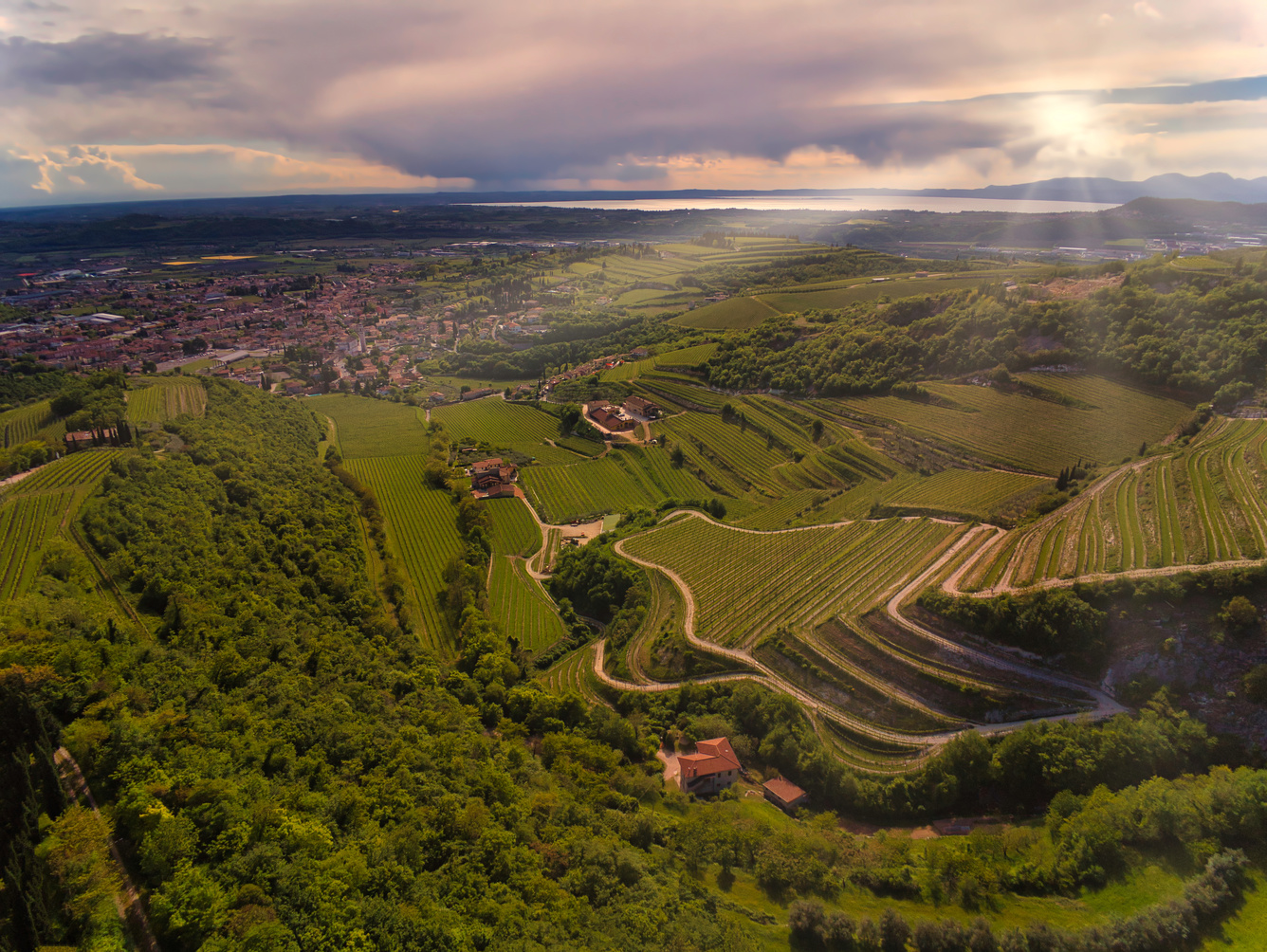
A closer look at the grape drying process
For an in-depth tour of the area’s wines, take the Valpolicella Wine Road that winds through vineyards and past wineries. One in particular, Masi has become an importance reference for the region. It is run by a business group, which over the last decades had invested in scientific research, in particular, into the role of grape drying. So don’t miss the Masi Wine Experience at the Villa Serego Alighieri where, in addition to a tour of the splendid estate that dates back to the 14th century and was originally owned by Dante Alighieri’s son, you’ll see the sheds where the grapes are dried.
Olives, citrus groves and Bardolini
The eastern shore of Lake Garda is graced with citrus and olive groves, but there are also the vineyards where the Bardolino wine is produced. In this area sandwiched between the lake, the Adige River and Monte Baldo, refined, versatile wines are made mainly from the Corvina and Rondinella grape (the same varieties used for Valpolicella). In particular, the Bardolino Chiaretto is worth trying, it’s a wine with a very delicate rosé colour and fragrant aromas of raspberry, citrus, sweet spices and wild flowers: a treat you absolutely cannot miss, especially in summer. One of our favourites? The Bardolino produced in an all-female winery: Le Fraghe. The winery is open to visitors but remember to book in advance.
Custoza, a stone's throw from hu
The hu Altomincio Village is in an area that produces a white wine with real character and a staggering, thousand-year history, yet it’s relatively unknown compared to other Veneto wines: the Custoza. Midway between Verona and Mantua, the Custoza area is made up of elongated hills of glacial origin. The mix of climate, soil, tradition and native grape varieties – mainly Garganega, Trebbianello and Bianca Fernanda – results in distinctive, fresh Wines with a delicious, fresh fragrance that will entice you into one sip after another! And where there is good wine there’s good food: pair it with fresh fish from the lake or the famous tortellino di Valeggio.
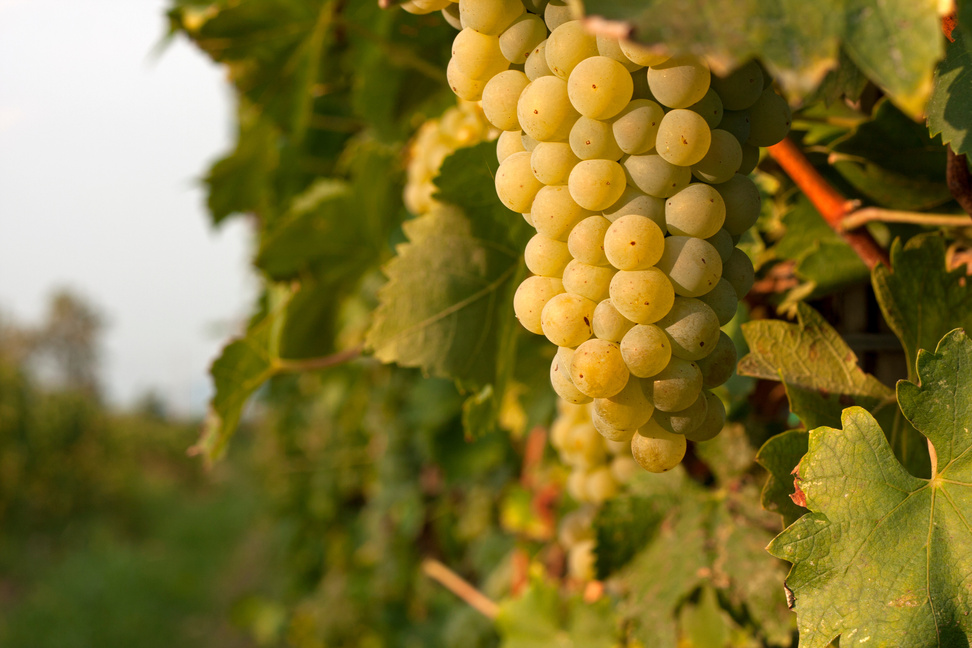
Lugana, a wine of two regions
In the southern area of Lake Garda, on the moraine hills that straddle the provinces of Brescia and Verona, the Turbiana grape variety (also known as Trebbiano di Soave) is used to produce Lugana. A white wine with a tradition going back to the Romans that includes late-harvest and sparkling versions. The mild climate and the light that hits this land give it a fresh, elegant, and lingering taste. Try the Lugana produced at Zenato: its founder Sergio was instrumental in boosting the fame of this wine, and the winery’s prestigious Riserva is dedicated to him.
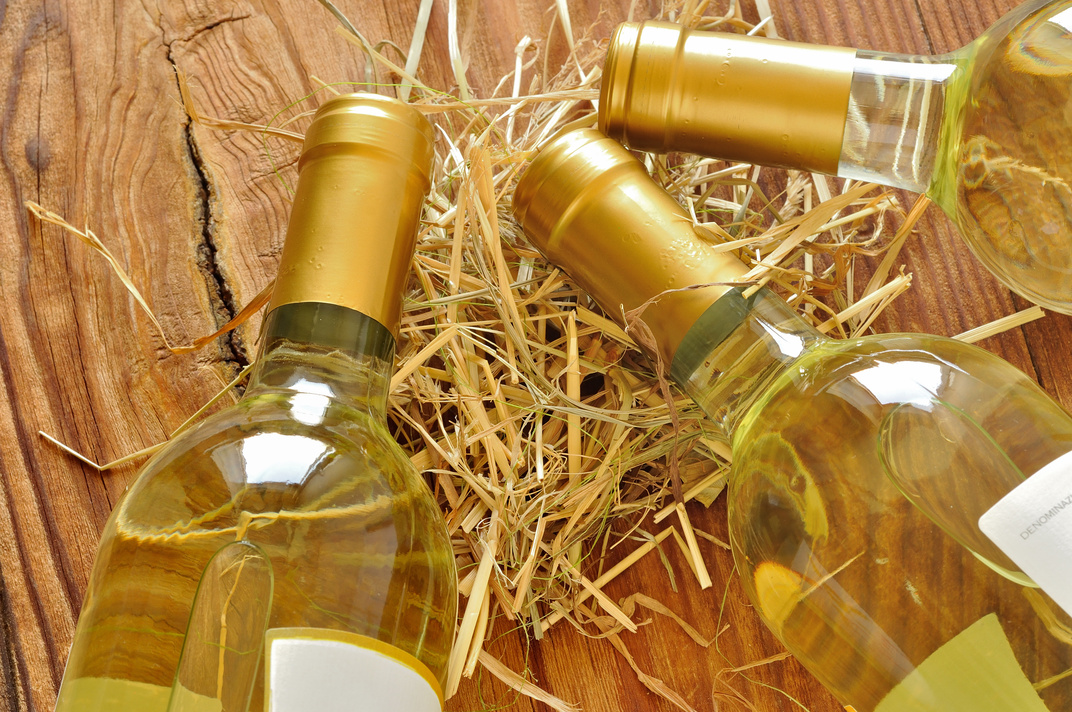


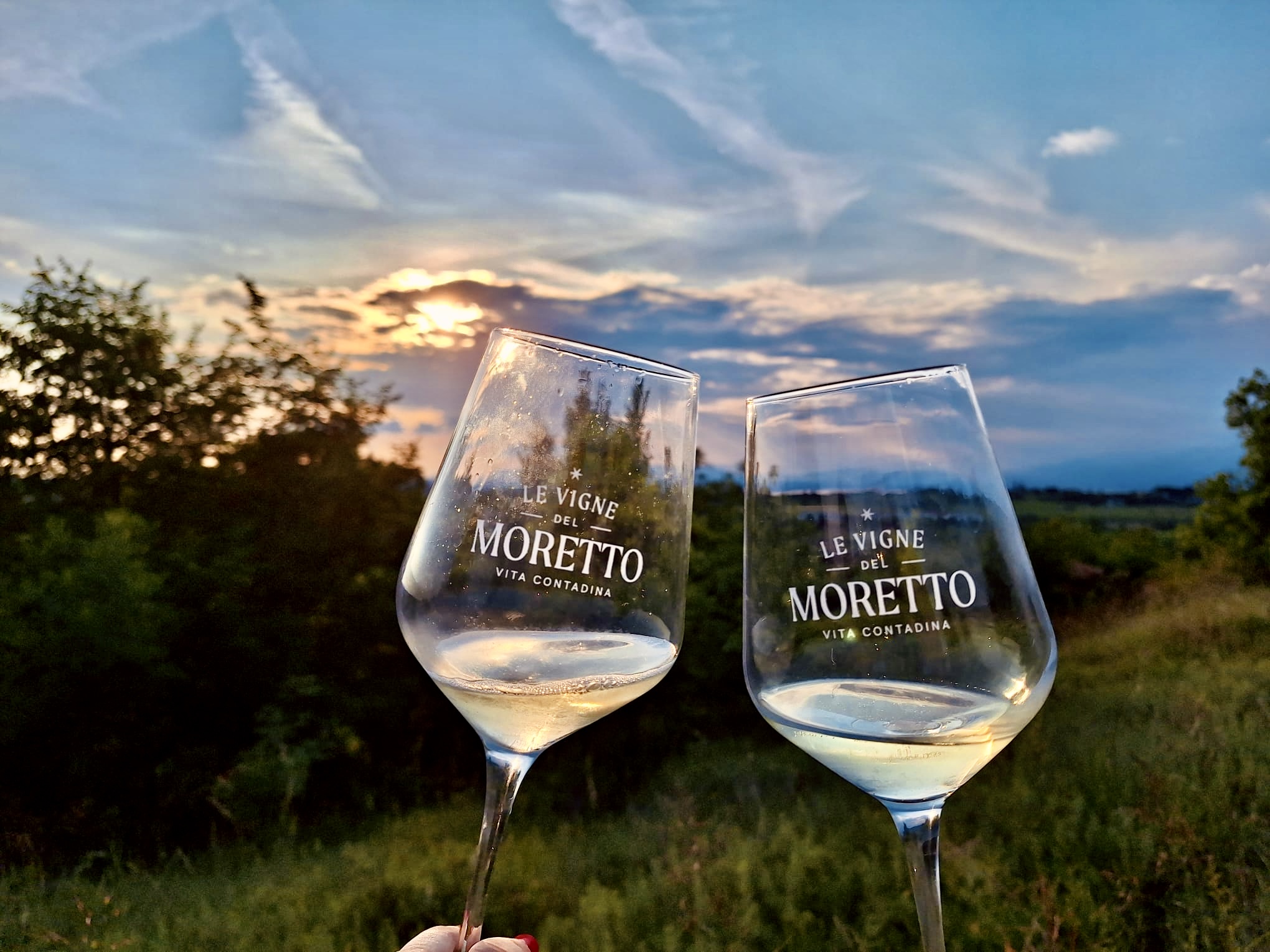
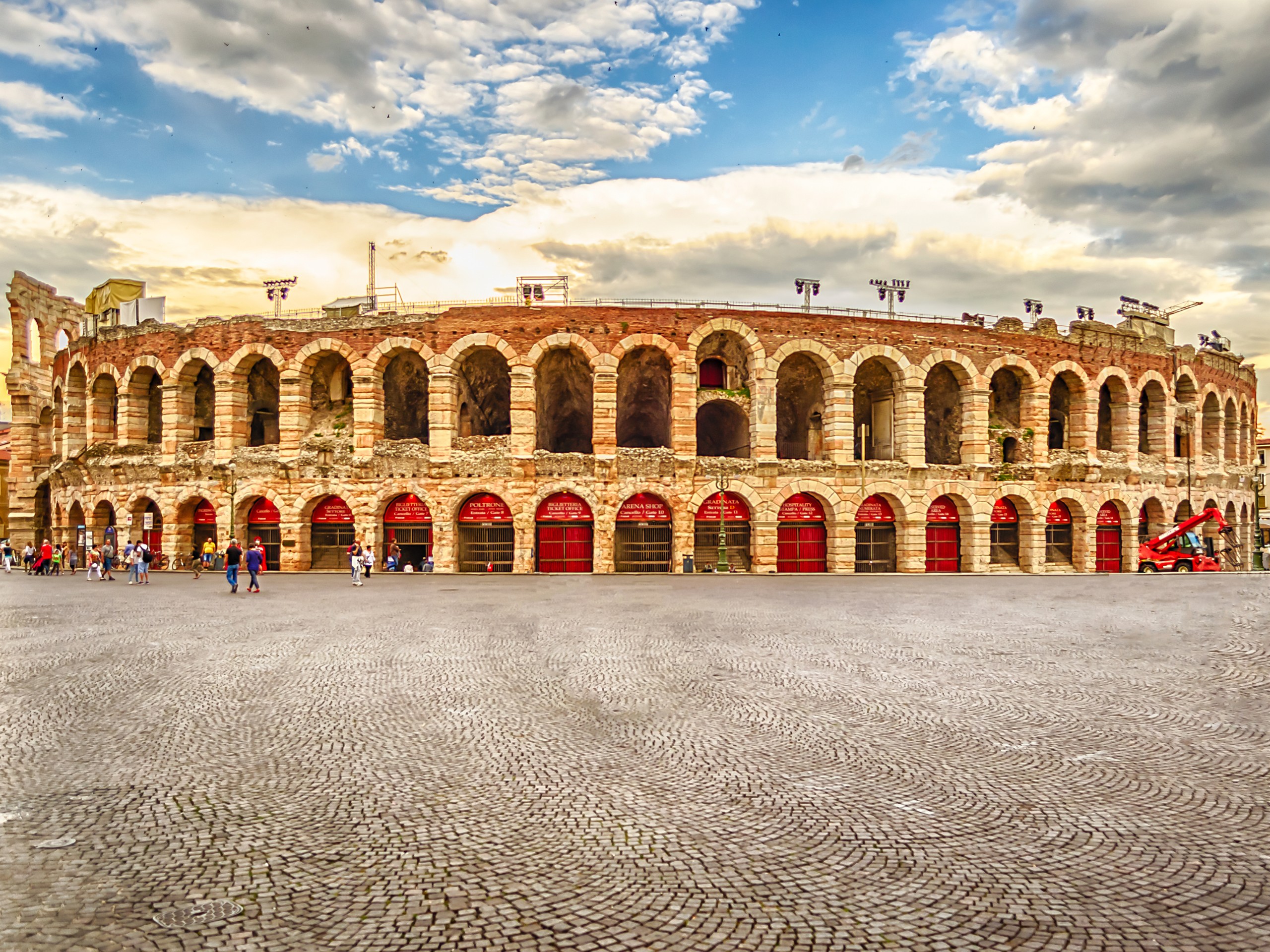
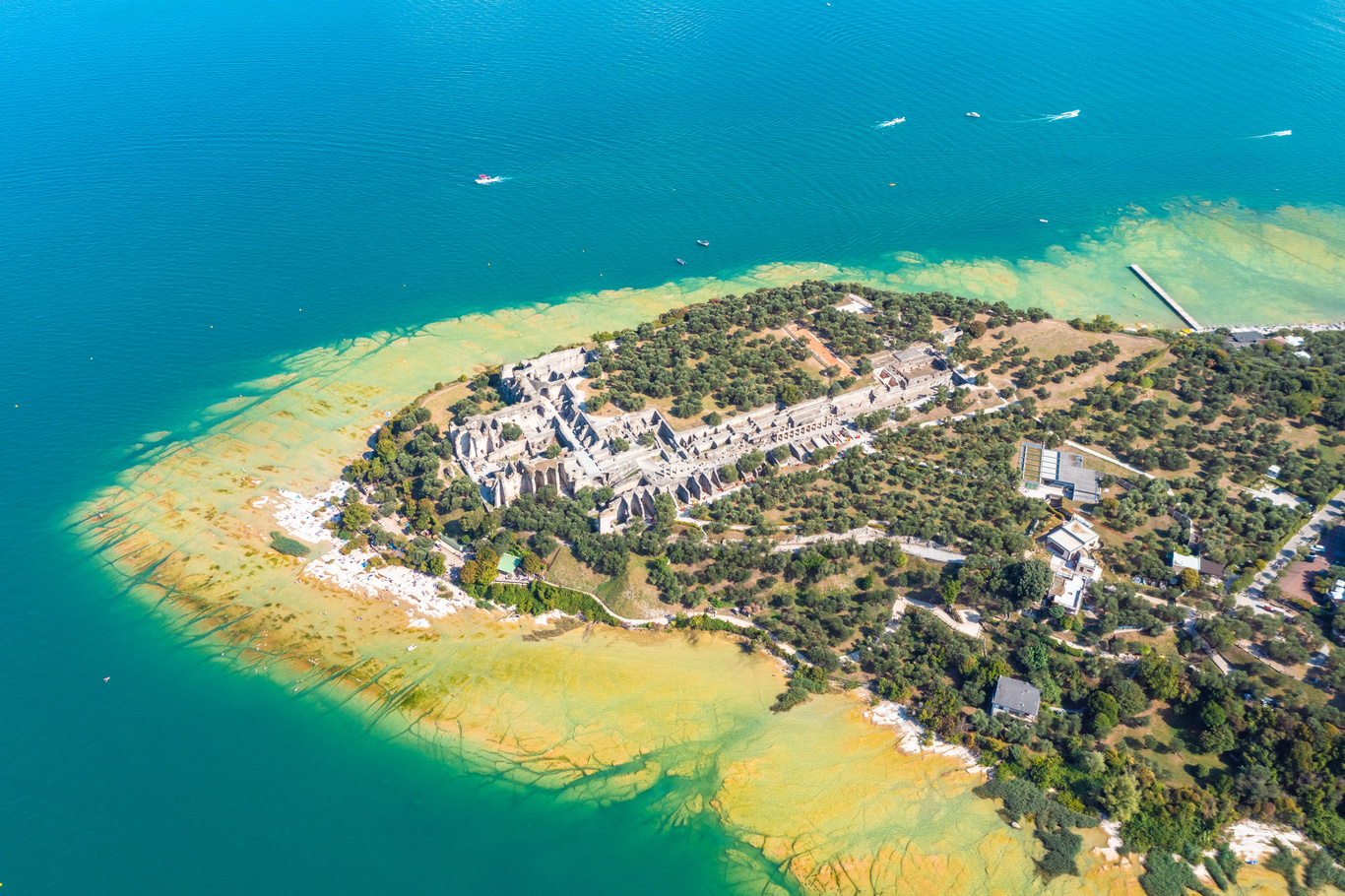
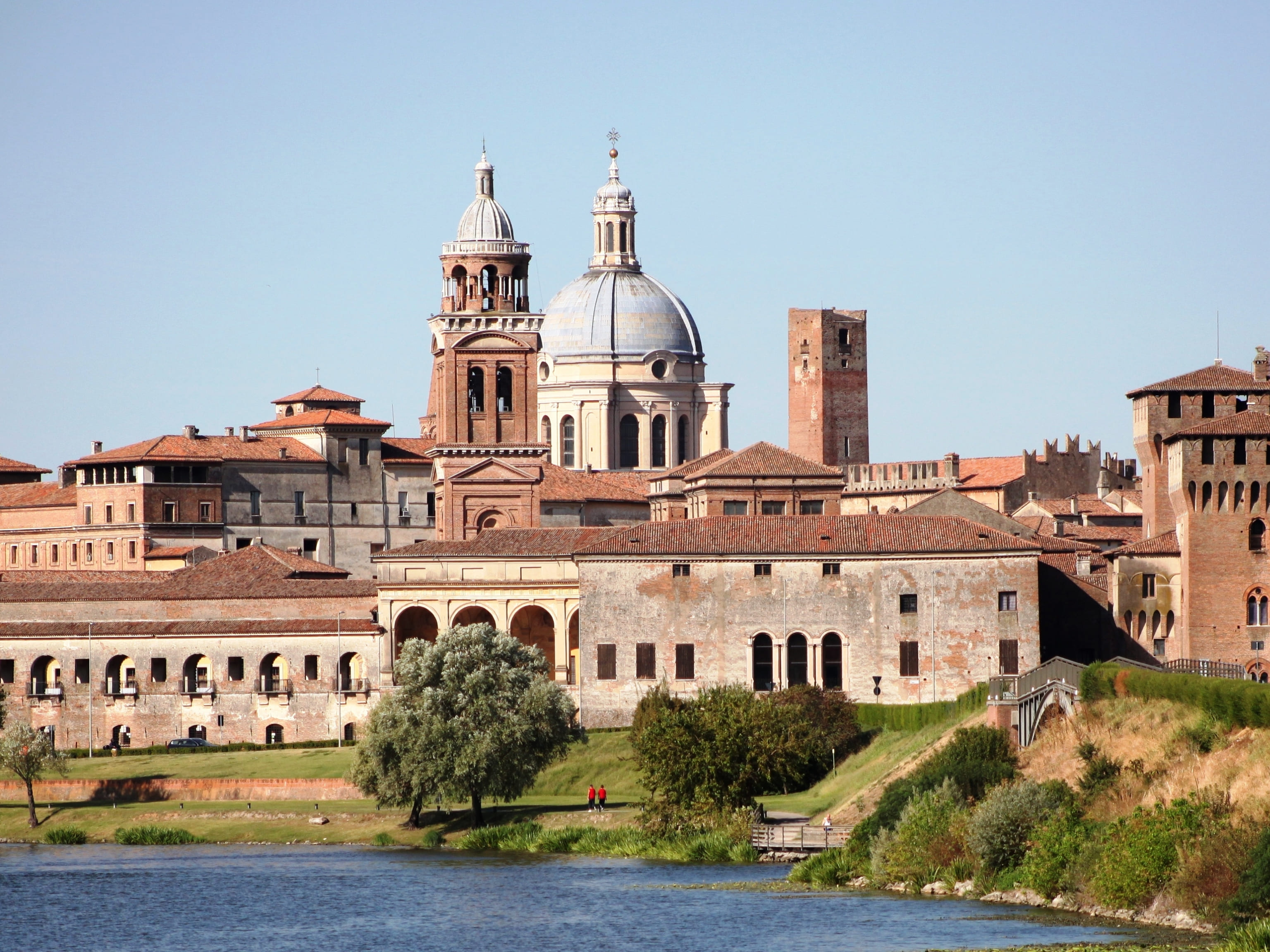
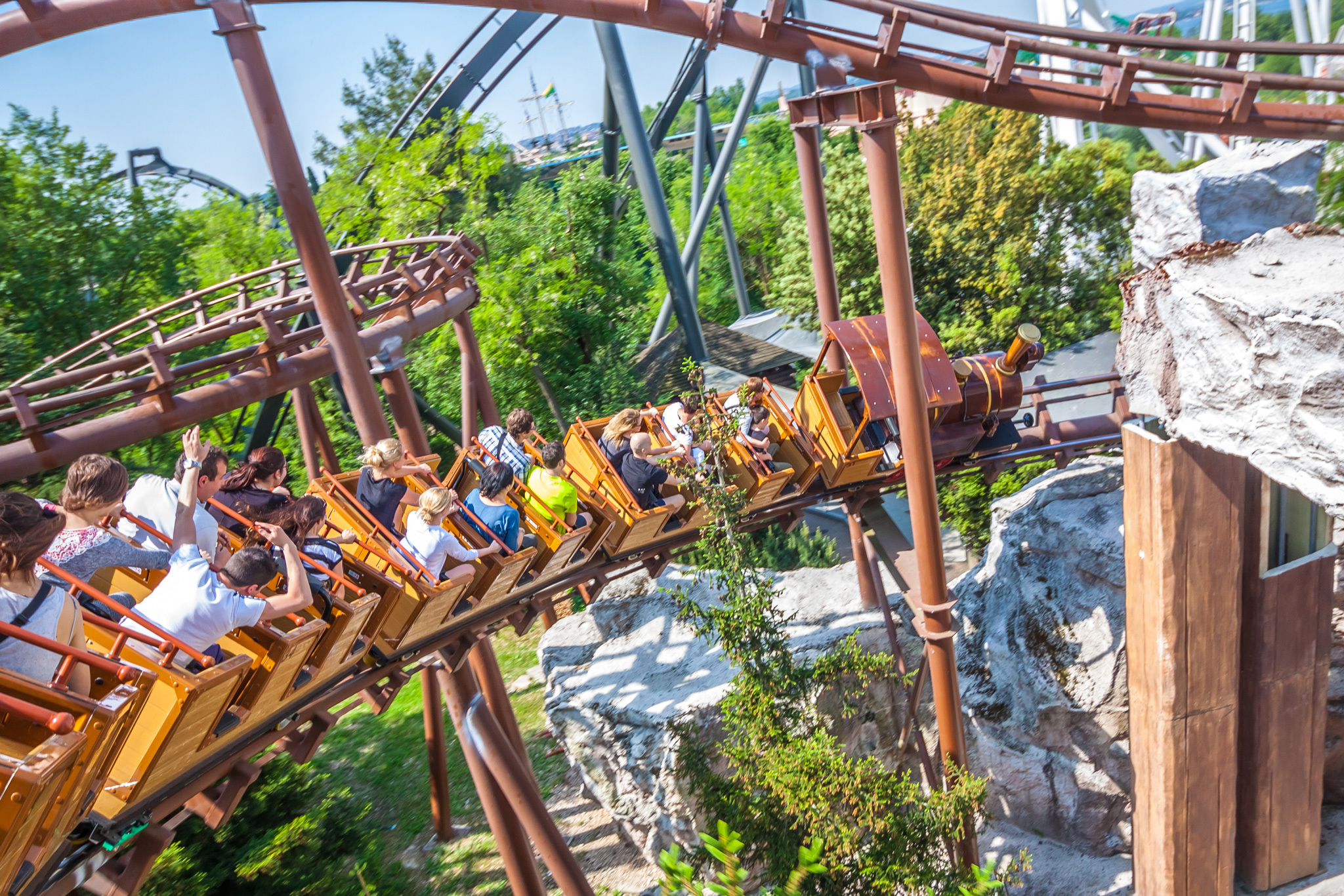
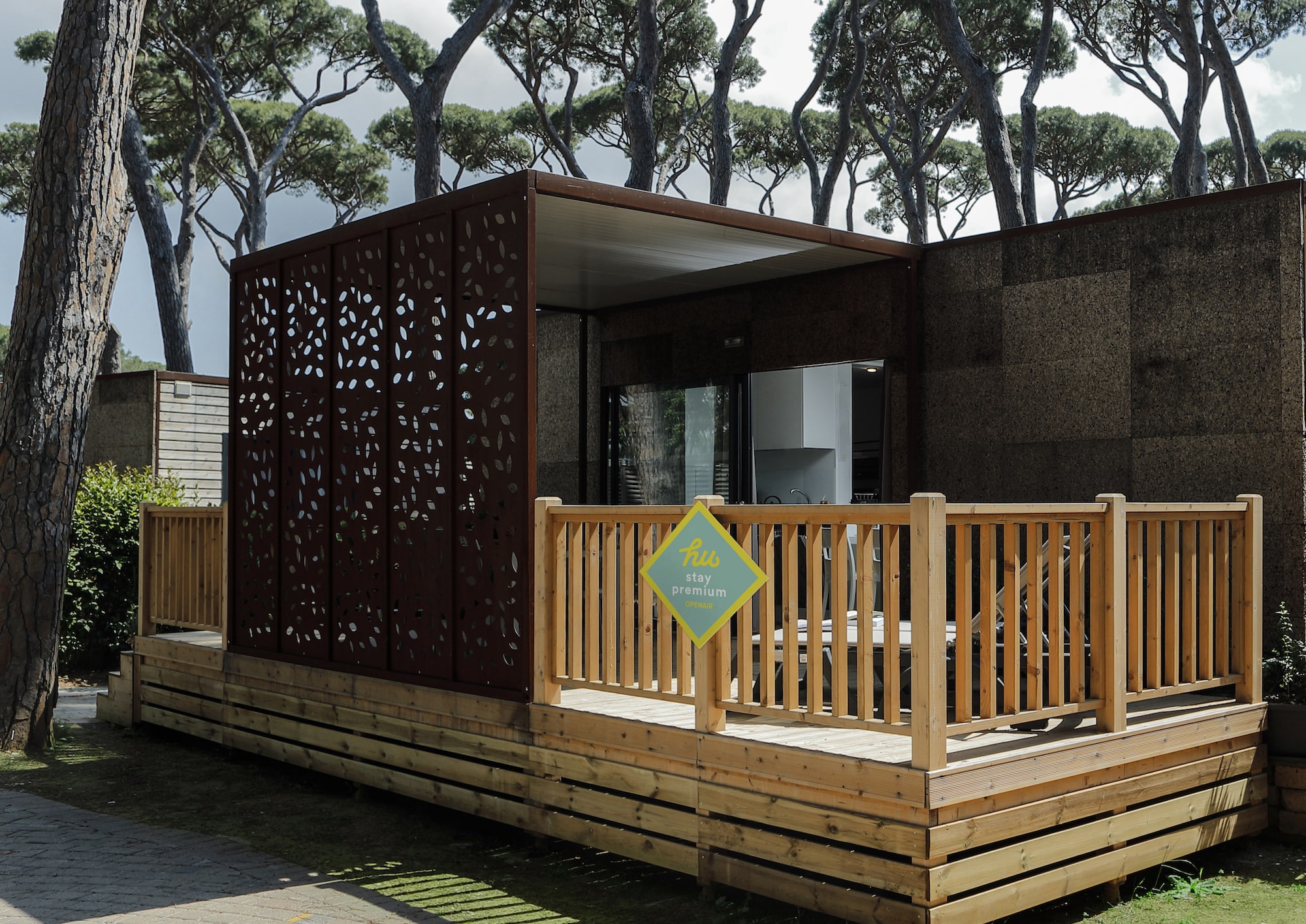

.jpg)
